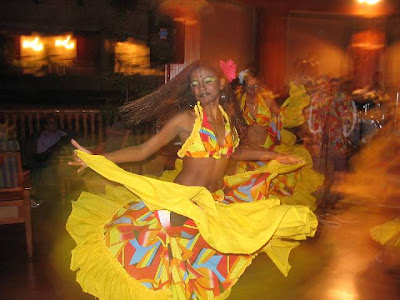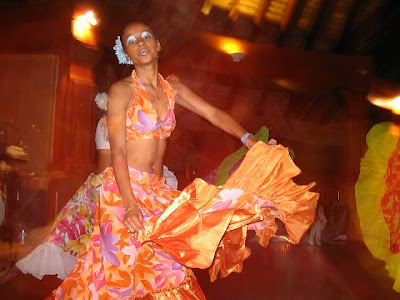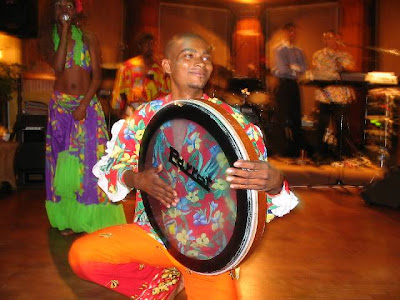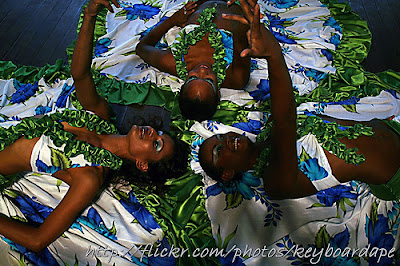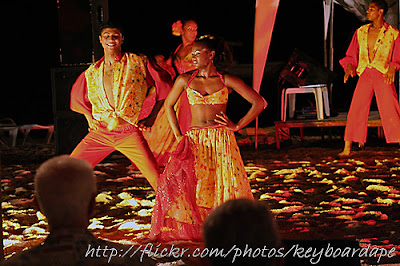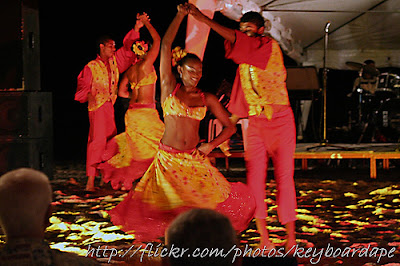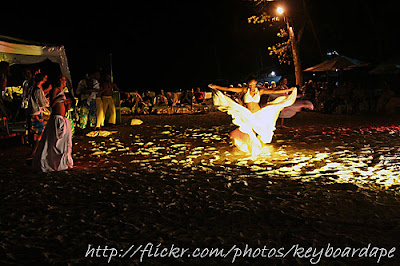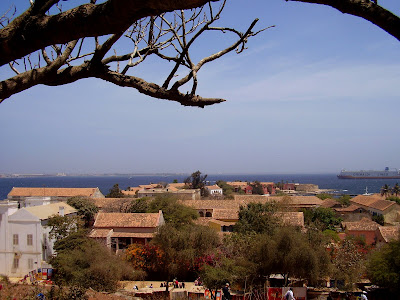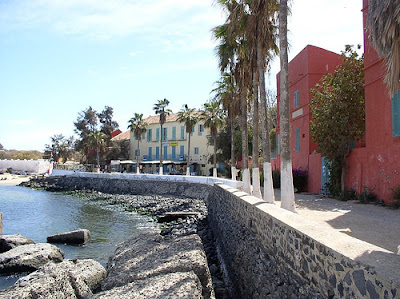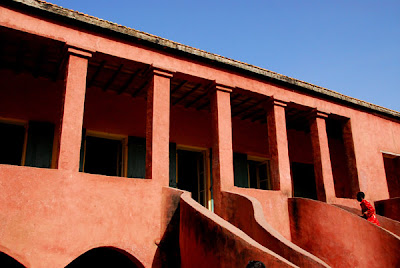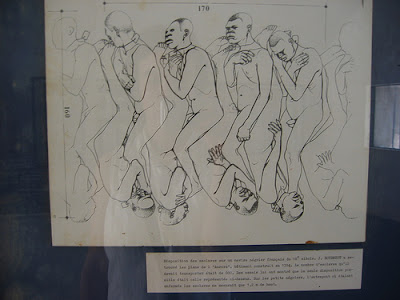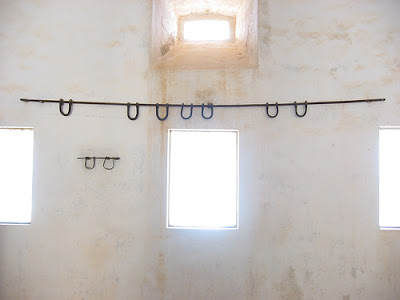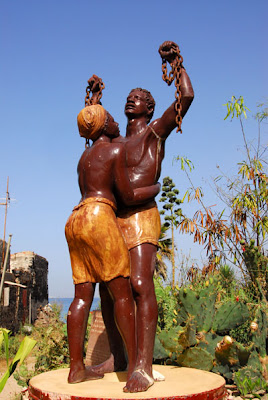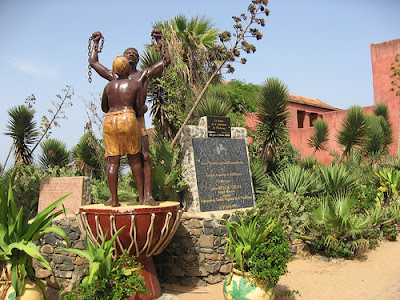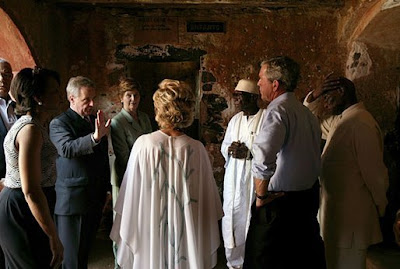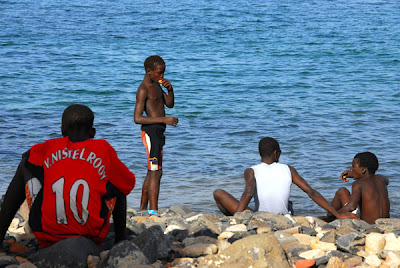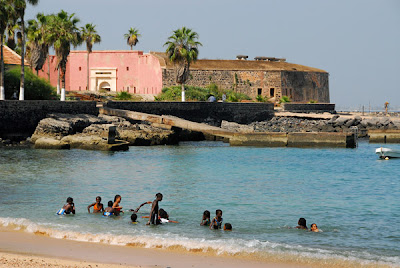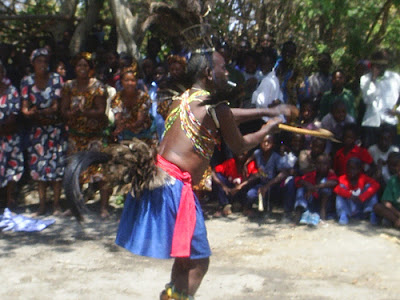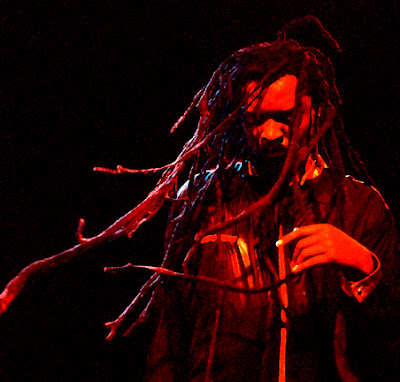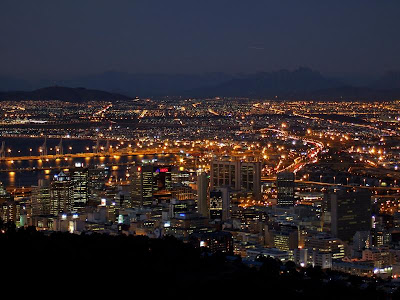
Dr. Samuel Esson Jonah KBE, Mining Engineer, International Chief Executive, Diplomat, Management Consultant, Advisor, Entrepreneur, Educationist, Role Model and Administrator
Sam Esson Jonah is a prominent Ghanaian business man. Samuel Jonah was born on the 19 November, 1949 in Obuasi/Adaugi in then British Gold Coast colony(Ghana). In 1969 Sam applied for and won a trainee position with Ashanti’s Ayeinm mine that included an Associateship (ACSM) in Mining Engineering at the Camborne School of Mines in Cornwall, England and subsequently completed an MSc in Mine Management at the Imperial College of Science and Technology in London. He rejoined Ashanti Goldfields Corporation in 1979, working in various capacities, including underground operations, and he became the Chief Executive Officer in 1986 at the age of 36. Ashanti started as a single mine (Obuasi) located 180km north west of the capital of Ghana in 1895 and first listed on the London Stock Exchange (LSE) two years later. The company was acquired by Lonrho in 1968 and delisted. Under his able and dynamic leadership from 1986 until June 2004, when he was the CEO of Ashanti Goldfields Company Limited, he led the transformation of Ashanti from a one-mine operation into a multinational. In 1996, Ashanti, which had listings in London & Ghana, became the first operating African company to be listed on the New York Stock Exchange.

He is the Executive Chairman of Jonah Capital, a private equity fund based in Johannesburg, South Africa. He is the non-executive president of mining giant Anglogold Ashanti Limited, and is also a director of Anglo American Corporation of South Africa and Anglo American Platinum Corporation. Sam Jonah is a member of numerous advisory committees, including South African President Thabo Mbeki’s International Investment Advisory Council and President Kufuor’s Ghana Investors’ Advisory Council. He is the Chancellor of the University of Cape Coast, Ghana.He also serves on various boards including Lonmin, the Commonwealth African Investment Fund (Comafin), the Advisory Council of UN Secretary General’s Global Compact. As well as his directorships, Mr Jonah is a member of the Advisory Board of the London Business School.
He has been decorated with several awards and honours, among them an honorary Doctor of Science (D.Sc) degree awarded jointly by the Camborne School of Mines and the University of Exeter (UK) in 1996. Queen Elizabeth II of Great Britain conferred on Sam Jonah an Honorary Knighthood in recognition of his exceptional achievements as an African businessman, a leading business executive from the Commonwealth and an international public figure. The award KBE stands for Knight Commander of the Order of the British Empire. Since Sam Jonah is not a national of the the United Kingdom he cannot use the title 'Sir Sam Jonah'.
 Sam Jonah at Ashesi University College 2005 commencement ceremony where he was honored with the degree Doctor of Humanities.
Sam Jonah at Ashesi University College 2005 commencement ceremony where he was honored with the degree Doctor of Humanities. According to a recent article in The Economist Magazine Sam Jonah seeks to raise $250m to build long-distance roads across Africa—the lack which is one of the most obvious failures in the continent’s infrastructure. His goal is to find 50 successful African business people, each willing to invest $5m in the fund, and then to use multilateral funds to leverage the money into the billions. “People in Africa, if they come together, can make a big difference,” says Mr Jonah. “What I want to do is put my money where my mouth is.”There is increasingly a pro-African mood in the global business community nowadays, says Mr Jonah. “Access to finance is much better; now when I go to New York seeking a lot of money, I get a warm welcome.”
Sam Jonah is reported as being optimistic in his new venture and acknowledges Africa’s post-colonial difficulties. “People fail to appreciate the huge challenges African countries faced at independence,” he says. “When you think where we have come from, there has been tremendous progress.”
 Sam Jonah believes that African companies and governments must be held to international standards but that the southern hemisphere often gets the raw end of trade deals. "Globalization can bring tremendous benefits to Africa," says Jonah. "But there is no level playing field."
Sam Jonah believes that African companies and governments must be held to international standards but that the southern hemisphere often gets the raw end of trade deals. "Globalization can bring tremendous benefits to Africa," says Jonah. "But there is no level playing field."
By Simon Robinson/Johannesburg CNN
He expresses his disapproval to the help Africa has elicited from foreign agencies as having been the wrong prescription.
"By way of illustration, Mr Jonah points to three once impoverished European countries—Spain, Portugal and Greece—that might have stayed poor had they not been “rescued by their sugar daddy, the European Union.” The point, he says, is that richer European countries invested in these poor countries, “not as charity, but because they saw a win-win opportunity.” The same is now true of Africa, he argues. With a handful of headline-grabbing exceptions, “everyone in Africa is now getting their act together, with free markets and democracy.”
Regarding the west backlash against Chinas involvement in Africa Sam notes “...we are amused that suddenly we are getting all this attention from the West,....You must start from the presumption that Africans know what they want,” he says.
The South African The Gibs Review reported Sam as stating “Africa is ready for business and the continent’s much improved business climate is attracting all sorts,” says Jonah, adding that Russia and China are making serious inroads to the African economy.
“China’s heavy presence in all aspects of business throughout Africa is evident and SA companies are running into fierce competition for mineral assets in the Congo, Angola, Tanzania and Guinea.”
Jonah says in the energy sector, China and India are everywhere and are also investing in natural resources, property and infrastructure. “China is currently building a US$200 million resort complex comprising pagoda roofed holiday homes, a golf course, a five star hotel and a helipad in Sierra Leone, as well as constructing three new and renovating two existing stadiums in Ghana for the 2008 African Cup of Nations,” he adds.
More Information:
The Sunny Continent - Africa's optimistic businessmen
Aug 21st 2007 The Economist.com
Foreign investors conquer Africa as SA slumbers- Improved business climate attracting all sorts
The Gibs Review January 2006
Sam Jonah launches Jonah Mining, will soon announce coal division By Mining Weekly South Africa Magazine
Who's Who In South Africa Sam Jonah Resume By 24.com
SAM JONAH BIOGRAPHY
 Sam Jonah and the Remaking of Ashanti by A. Taylor
Sam Jonah and the Remaking of Ashanti by A. Taylor Author: Ayowa Afrifa Taylor


